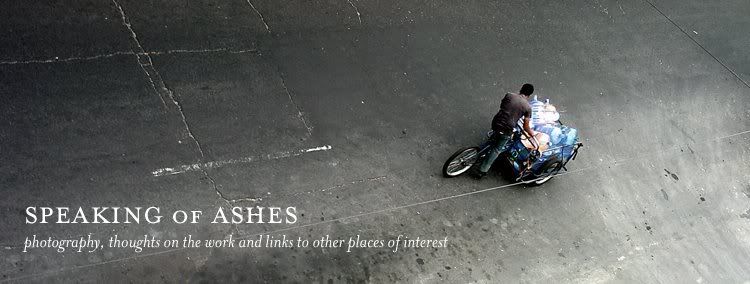Art and Talking
 One of the things that I struggle with here is this idea from friends and colleagues that I don't really need to communicate well in Spanish because all of the "Art People" in Mexico speak English already. The problem I perceive is not that they speak English but that they speak "Art." And speaking in English about Art, I am fairly certain that their are very distinct limits to what we can communicate if we are talking about Art with Art People, (usually these conversations are of the "what will the market bear" variety) and literally there are no limits when we are talking to people who put pictures of dead relatives and Santa Muerte and Guadalupe in every corner inside and outside of their houses.
One of the things that I struggle with here is this idea from friends and colleagues that I don't really need to communicate well in Spanish because all of the "Art People" in Mexico speak English already. The problem I perceive is not that they speak English but that they speak "Art." And speaking in English about Art, I am fairly certain that their are very distinct limits to what we can communicate if we are talking about Art with Art People, (usually these conversations are of the "what will the market bear" variety) and literally there are no limits when we are talking to people who put pictures of dead relatives and Santa Muerte and Guadalupe in every corner inside and outside of their houses.
I've been thinking a lot about Octavio Paz's comment that the US can't see Mexico because we are a version, the Counter-Reformation version, of the same western civilization. It occurred to me that Post-Cartesian movements in Northern Euro-American thinking about art mirror some of the movements that Counter-Reformation cultures take for granted. Painting and sculpture are perceived as traditional, auxilliary forces that shore up a cultures' view of itself, rather than as intellectual avant-gard laboratories. That's not to say that plenty of people still under the Counter Reformation wouldn't like to smash the dirty Roman Catholic church. We'll keep the buildings. But the problems in replacing it with a bodiless intellect are evident too.
So many "Art People" remain reformation zombies, convinced that Art is an intellectual game of market chess, where we can trick people (mostly English-speaking people) into paying for a pawn here, a bishop there. And so everyday I try to speak in Spanish, about how we feel so small before an omnipresent and eternal art, maybe not a universal catholic art but certainly one that stirs unspeakable emotion from within.


No comments:
Post a Comment